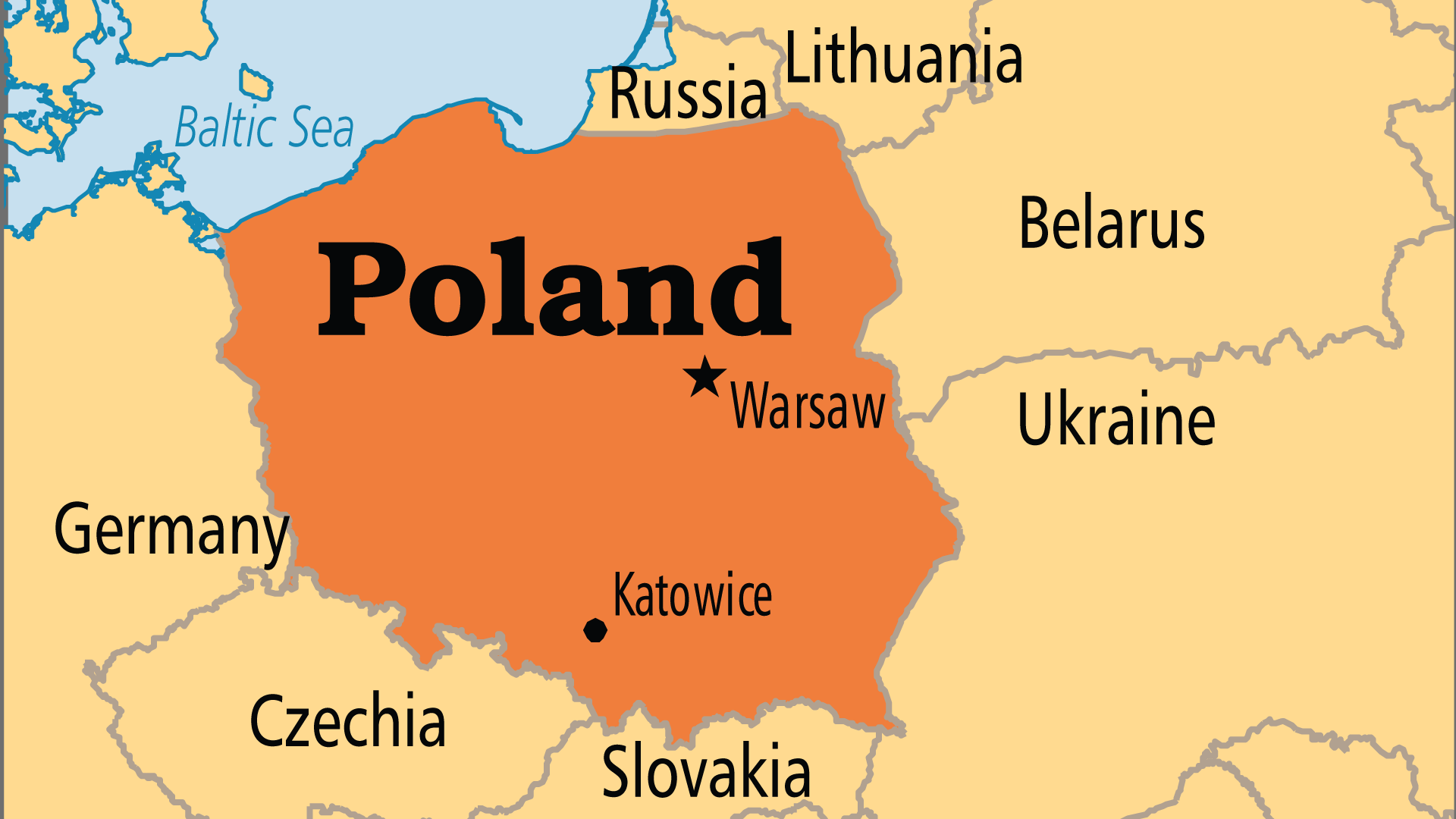


While the integration of Ukrainian refugees into Polish society appears to be proceeding without major problems, challenges remain. The city of 200,000 currently hosts between 30-40,000 Ukrainian refugees, while at the peak of the crisis it hosted 100,000, an uptick of nearly 50% new inhabitants. “Our challenge now is to create conditions for integration because they want to find jobs, they want to be financially independent and they want to start a new life here,” he added. “The situation in our city is completely different than before the war,” Rzeszów mayor Konrad Fijołek told EURACTIV, one year after we initially met him at the peak of the refugee crisis. With the war entering its second year and Polish authorities having registered nearly 11 million border crossings, migration flows have reached a stable rhythm.Īlthough many have since returned to Ukraine or left Poland for other countries, over 1.4 million have registered to stay and are registered for Temporary Protection or under similar national protection schemes.

With the influx of so many people, concerns were raised about social conflicts and other difficulties that could arise as a result of a country that has previously been sceptical about EU asylum and migration policy. Last year, EURACTIV reported on the ground about the refugee crisis at the Polish-Ukrainian border.īack then, around 77% of Poles were involved in helping refugees from Ukraine in the early months of the war, spending an estimated €2 billion out of their own pockets, a study by the Polish Economic Institute (PIE) has found. The South-Eastern Polish city of Rzeszów, some 75 kilometres from Ukraine’s border, has become the main gateway for Western allies to ship weapons and humanitarian aid, as well as one of the significant transit cities for Ukrainian refugees. With the fighting entering its second year, needs have shifted beyond humanitarian aid. Poland became the primary destination for Ukrainians fleeing Russia’s war on the country, with millions crossing its border.


 0 kommentar(er)
0 kommentar(er)
